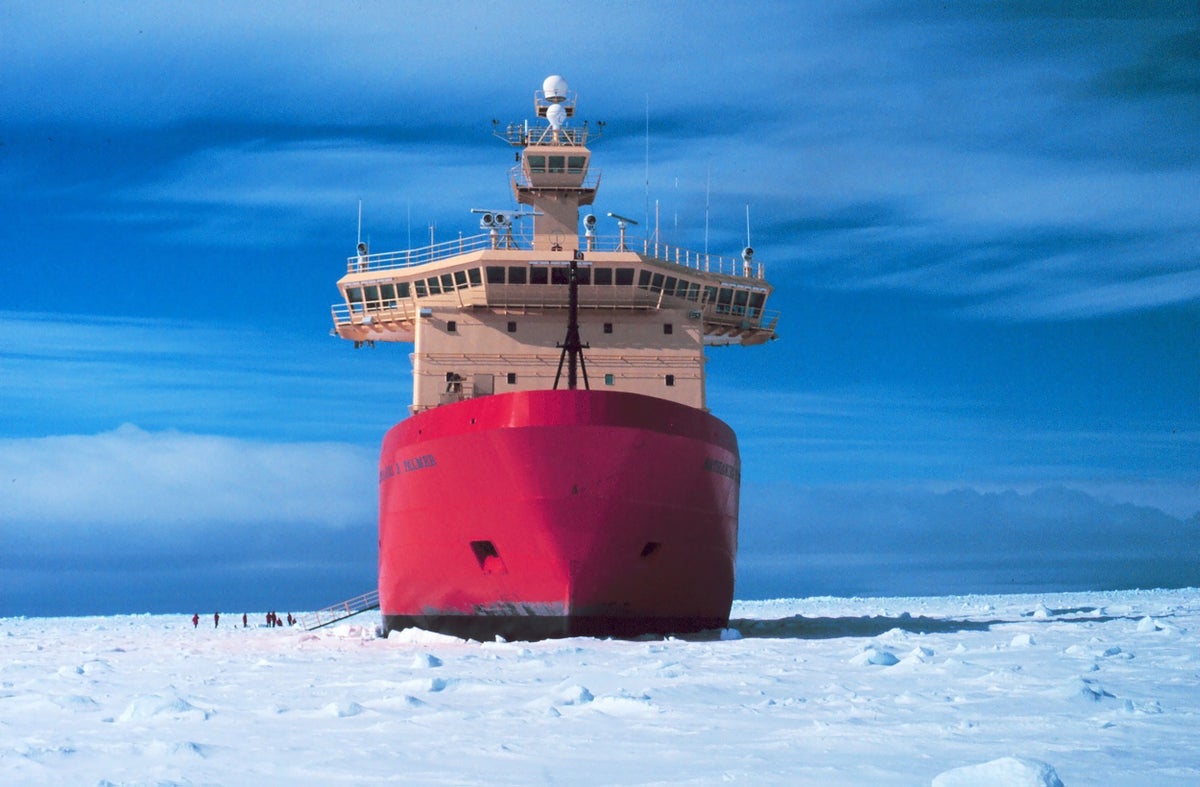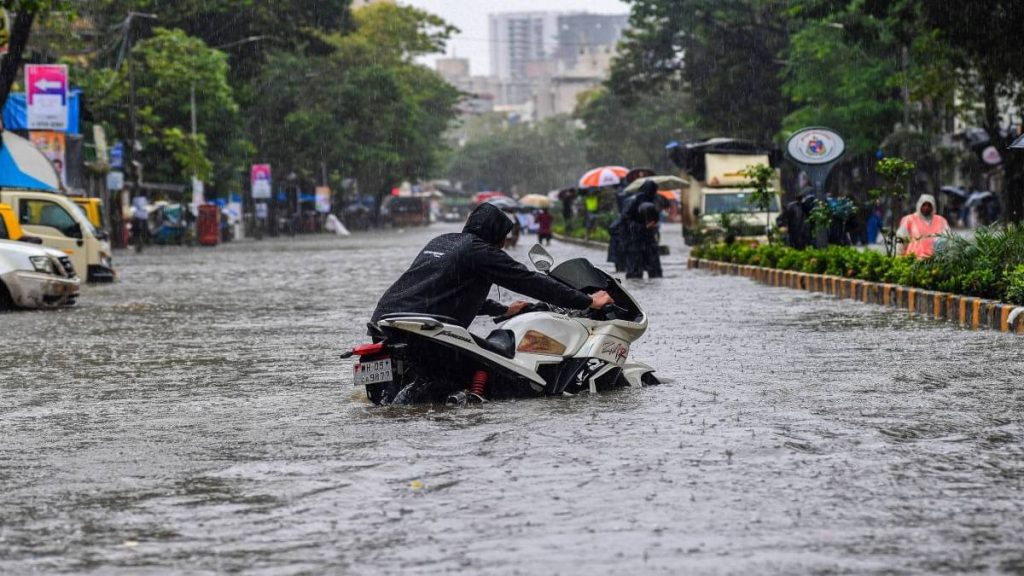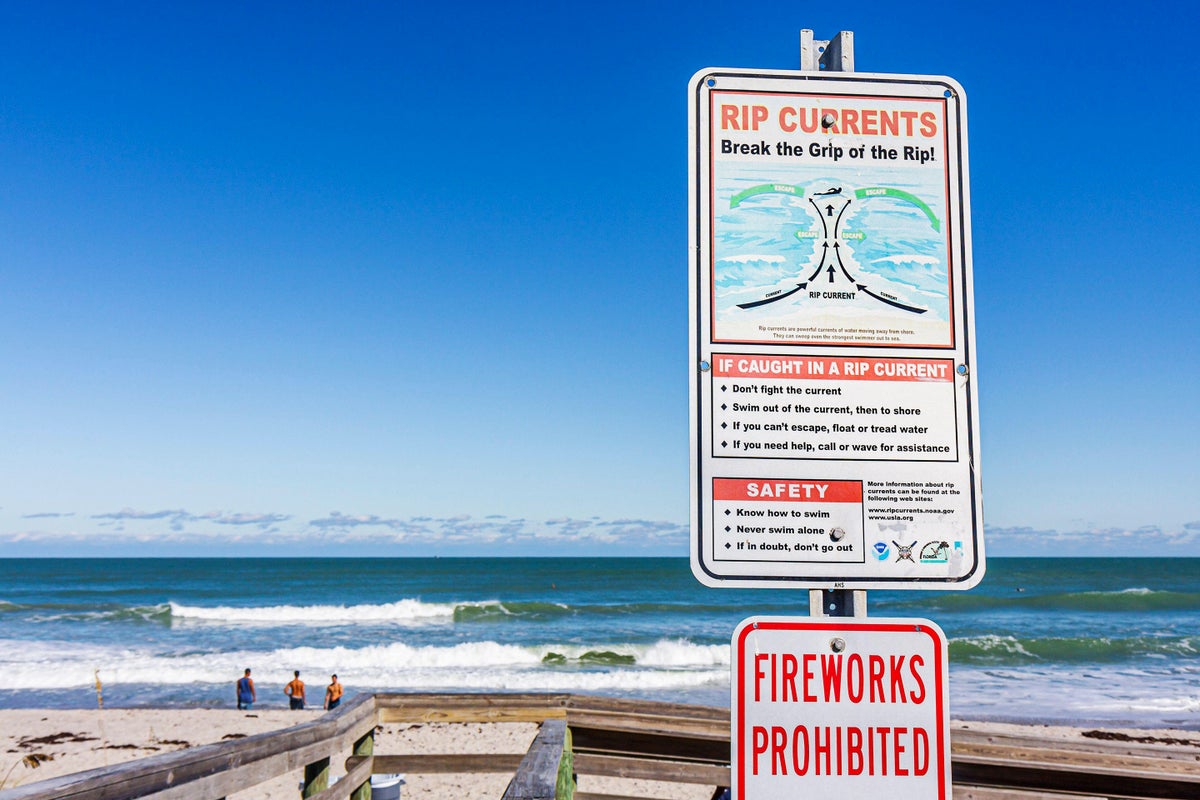Now Reading: U.S. Halts Antarctica’s Sole Research Icebreaker Amid Budget Cuts
-
01
U.S. Halts Antarctica’s Sole Research Icebreaker Amid Budget Cuts
U.S. Halts Antarctica’s Sole Research Icebreaker Amid Budget Cuts

Quick Summary
- Thwaites Glacier’s Impacts: The Thwaites Glacier in West Antarctica, dubbed the “most dangerous glacier,” is destabilizing, potentially raising global sea level by up to 65 centimeters or more if it collapses entirely.
- Role of Nathaniel B.Palmer (NBP): The U.S. research icebreaker NBP has been crucial for Antarctic expeditions over three decades, collecting vital data on ocean ecosystems and undersea mapping near Thwaites Glacier.
- Budget Cuts to NSF: Severe budget cuts proposed in Trump’s fiscal year 2026 budget would terminate the lease of NBP and slash polar science research funding by 70%.
- Challenges with Replacement Icebreakers: No current U.S. vessels can match NBP’s capabilities; building a replacement could take a decade.
- Geopolitical Concerns: Loss of Antarctic presence could weaken U.S. influence in treaty negotiations regarding territorial claims and resource protection at a time of intensifying competition from other nations such as China and Russia.
- Scientific Fallout: Five key Antarctic missions planned between October 2025-April 2026 are jeopardized. Researchers highlight this decision could hinder long-term climate monitoring efforts.
Indian opinion Analysis
The potential loss of America’s only major research icebreaker dedicated to Antarctica highlights broader concerns about international cooperation amid climate change challenges.For India-which competes for scientific influence globally-such retreats by major powers may create opportunities but also signal reduced international commitment to Arctic-Antarctic cooperation frameworks like the Antarctic Treaty System.
India’s priorities should focus on strengthening its own capacity for polar research through institutions like the National Center for Polar and Ocean research (NCPOR) while working diplomatically within treaties ensuring that global interests remain aligned with environmental preservation rather than resource exploitation amidst rising geopolitical competition.
Read More: Scientific American



























